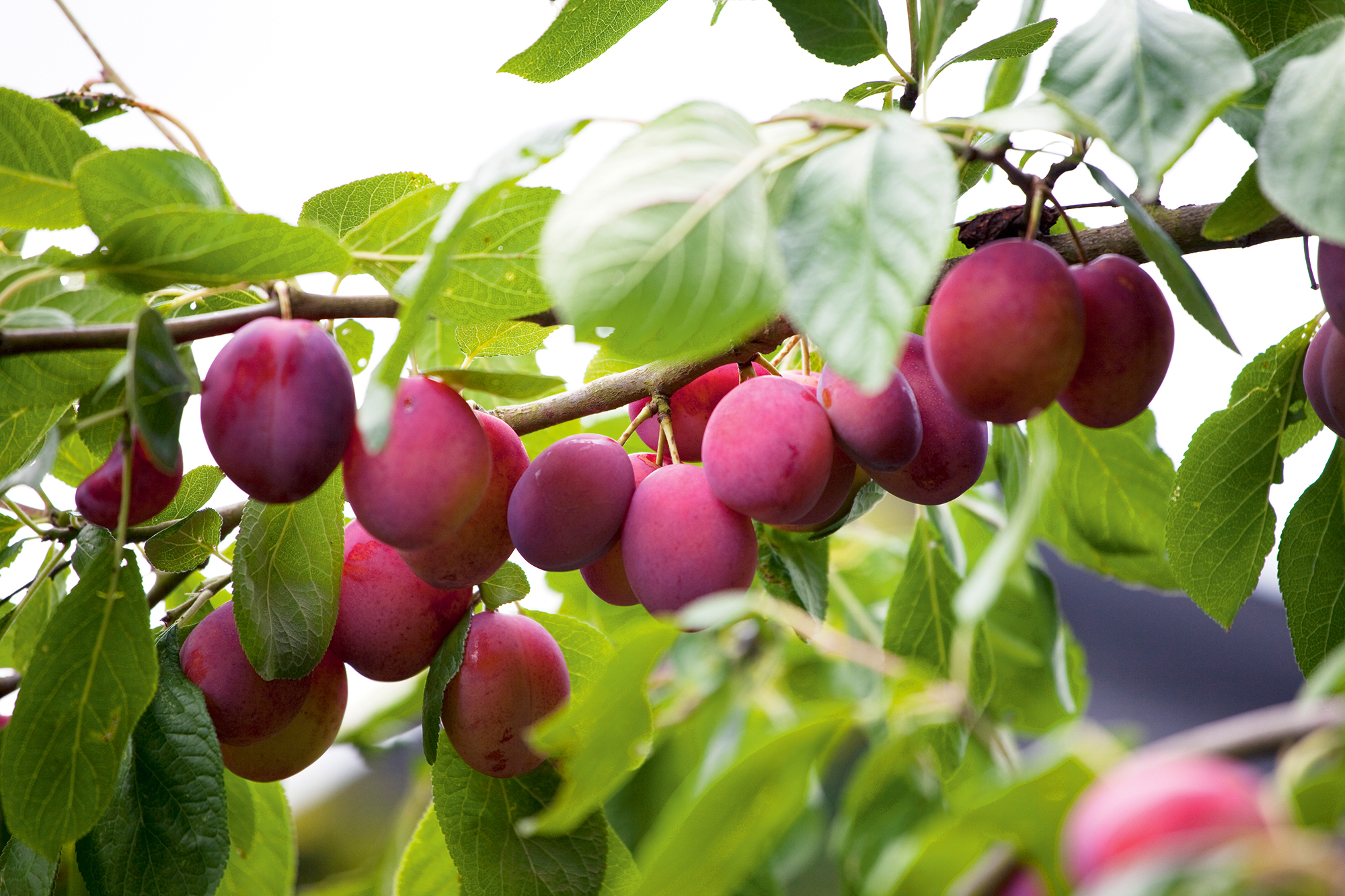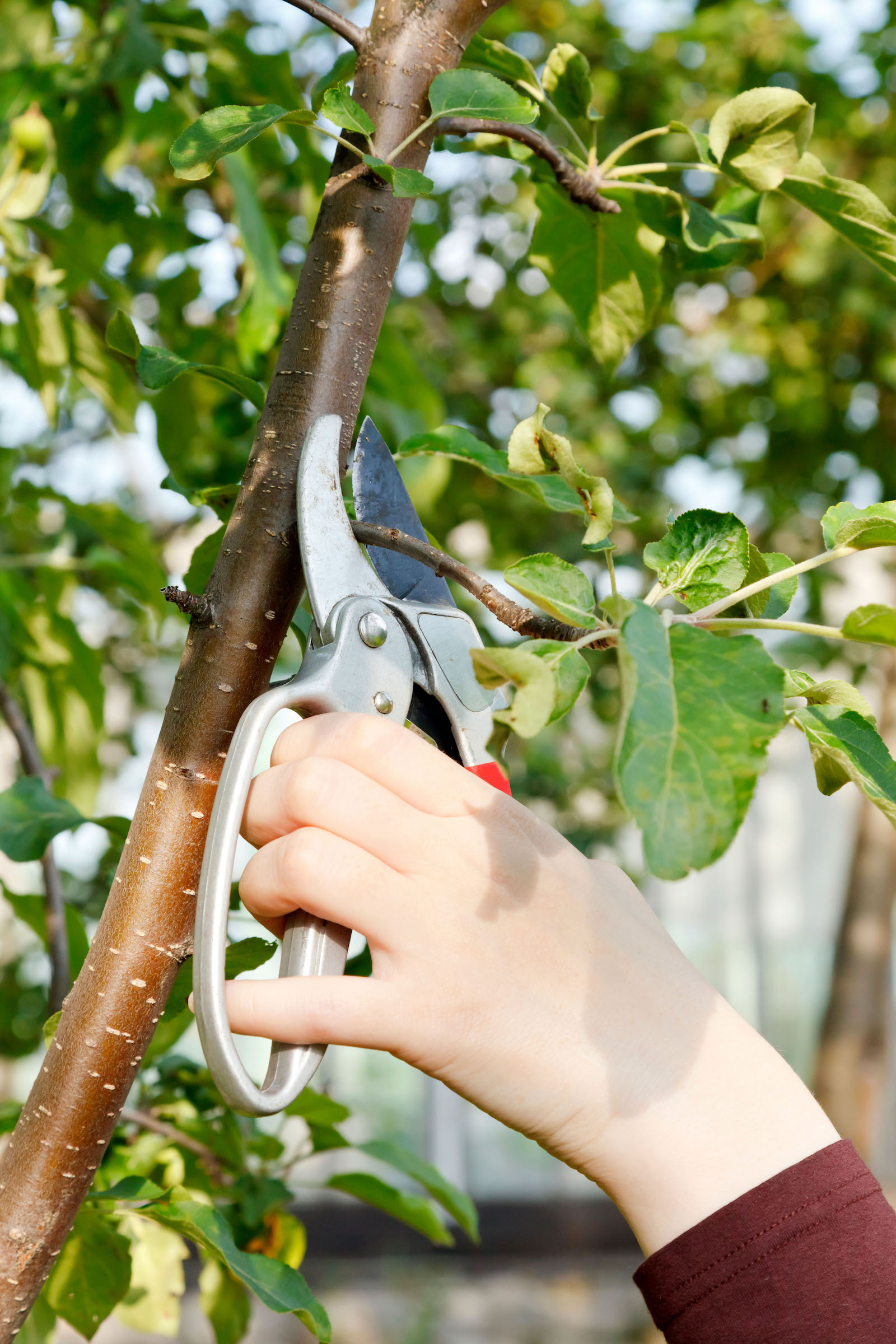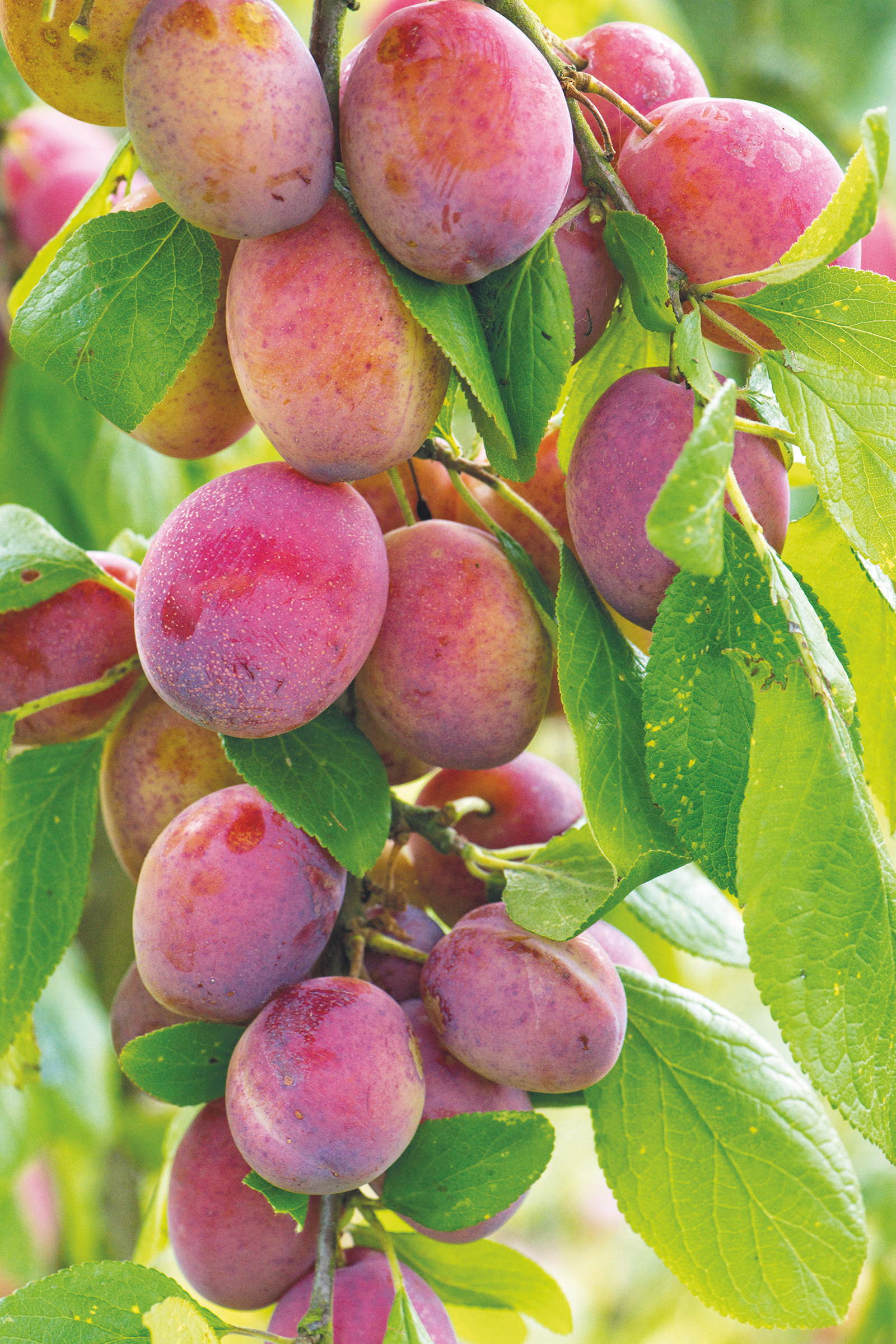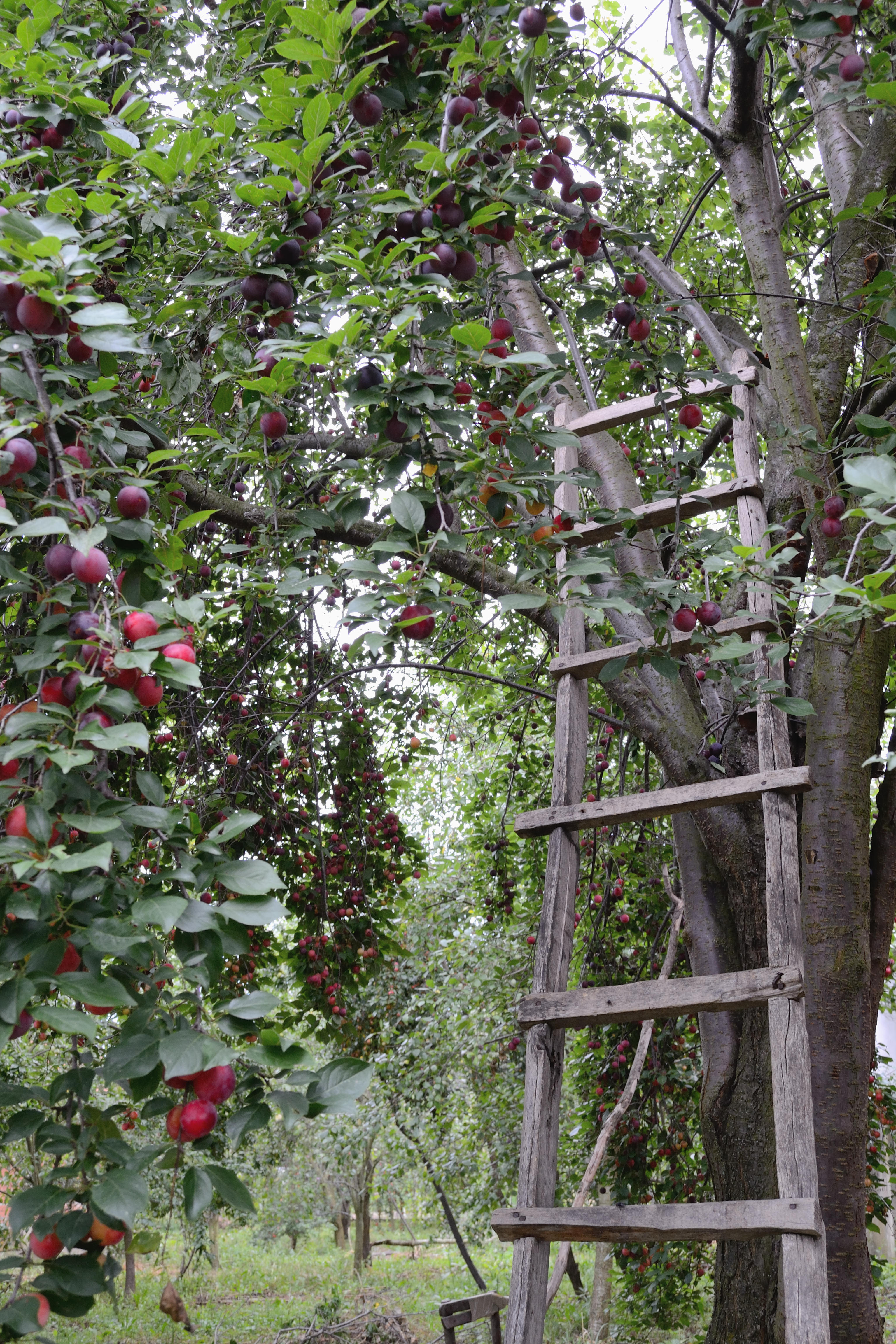How to prune plum trees – to keep them in best condition
Learn how to prune plum trees and get the best plum harvest ever with this simple guide

Andrea Childs

Learn how to prune plum trees and you’ll be able to keep your fruit trees healthy and producing fresh plums for years to come.
High in calcium, vitamin C and magnesium, plums are a deliciously sweet fruit that contain more antioxidant than blueberries, making them a super food.
Plum trees are a wonderful addition to any kitchen garden, so it's worth doing your research to find out how to plant plum trees and when to plant plum trees to get off to a good start.
Once the trees are established, the next step is knowing how to prune plum trees. This will not only keep them healthy and producing an abundance of fresh fruit, but will also keep the tree size under control, making them a perfect addition to even the smallest of vegetable garden ideas.
How to prune plum trees – a step by step guide

If you are growing any fruit trees in your back yard, you need to have the correct pruning equipment to hand.
When thinking about the equipment you need to prune a plum tree, Brian Barth from modern farmer recommends using 'sharp shears, which make for clean, easy cuts.' An additional tip is to 'dip the blades of your pruning shears in solution of isopropyl alcohol for 30 seconds to disinfect them,' which should help prevent spreading disease.
Use secateurs for younger trees or sharp loppers for older trees.
Design expertise in your inbox – from inspiring decorating ideas and beautiful celebrity homes to practical gardening advice and shopping round-ups.
It is, of course, also of paramount importance to know when to prune plum trees to avoid damaging the tree by pruning it at the wrong time. Pruning at the correct time also reduces the risk of disease within your tree, as the tree is better at repairing itself in summer.

Here is how to prune a plum tree:
1. Start by cutting away any dead, diseased or damaged wood. Cuts should be made as close to the main limb of the tree as possible so as not to leave any stumps.
2. Next, remove branches that are crossing, growing inwards or clustered together, to thin the tree. Again, these cuts should be made as near to the main limb of the tree as possible. You should be left one clear stem, known as the leader.
3. Finally, reduce the size of the remaining branches by cutting back to a bud, reducing the size of the branch by about 20 per cent. This will help to keep the overall size of the tree under control.
Chris Bowers suggests thinning your fruit to promote a better crop. 'If you want a really impressive yield of class 1 fruits, then go through the fruit trusses when the fruits themselves are about the size of a small marble and thin them out so that you leave them about 3” apart.'

What is the best way to prune a plum tree?
Knowing how to prune plum trees, especially when they are young, will help to establish strong and healthy growth, which will result in plentiful crops of juicy plums to enjoy.
‘When pruning trees of three years and younger, it’s best to go with a vase format, with a short trunk and three to four major branches extending from it at a 45-degree angle to allow plenty of light and air into the tree,’ explains Mark Hewett, expert at garden tools brand WOLF-Garten.
‘When trimming trees in their first year, always make sure that you cut the central leader branch to just above a bud, ensuring that there are at least three buds remaining on the branch. When you prune in the second year, make sure there are at least three branches below the cut of the central leader branch. These smaller branches can then be pruned at an angle, immediately above a healthy bud,’ Mark adds.
The method is similar to how to prune a cherry tree and many other fruit trees.
There should be sufficient branches at the top of the tree to absorb nutrients that feed the leader, with some shorter branches further down to feed the stem or trunk.
Once trees become more established, make sure that you only prune branches that have not produced fruit that year, removing all dead wood. ‘Plums fruit on one- and two-year-old wood so the regrowth from pruning will not produce any fruit for a couple of years,’ says gardening guru Monty Don in his book, Gardening at Longmeadow

How tall should a plum tree be?
Plum trees are among the best fast growing fruit trees and most plum trees grow to a size of about 16 feet at full maturity. Therefore, knowing how to prune plum trees is really important in order to keep them manageable in your kitchen garden.
When properly pruned and cared for, a plum tree can live for between 20-30 years.
How do you keep plum trees healthy?
Knowing how to prune a plum tree is vital if you want to keep it healthy and for it to provide you with an abundance of fruit for years to come.
A plum tree that dies prematurely is likely to have been killed by disease, which can occur if it is pruned incorrectly and at the wrong time.

Emma received the keys to her first allotment plot in 2019 and has been documenting her progress on Youtube and Instagram ever since. As the allotment grew, so did her love of gardening and her follower count. Emma has a passion for writing and has contributed articles to Kitchen Garden magazine and Life lovers magazine, as well as starting her own blog – the pink shed.
Growing food has become one of her biggest passions and she enjoys sharing her trials and errors with her audience in a funny, honest and informative way.